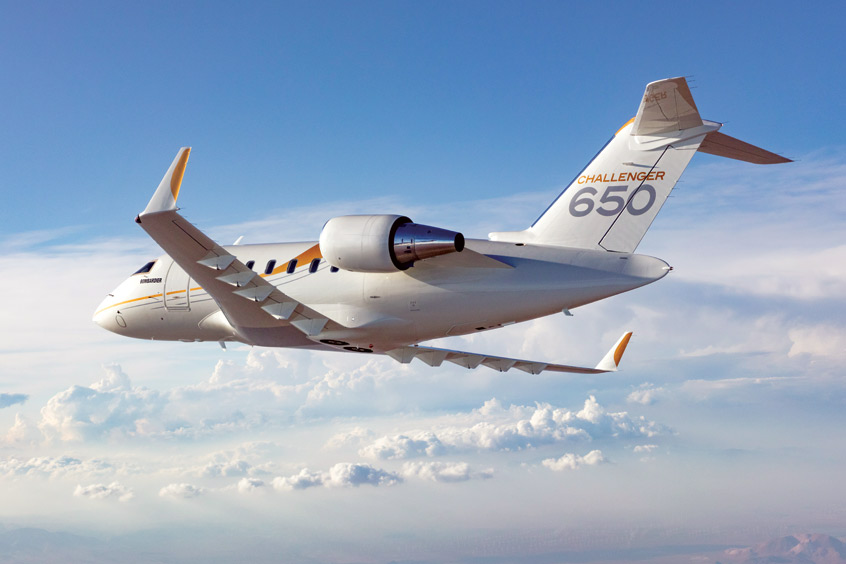Why visit ACE ’25?

Bombardier has become the only business jet manufacturer to ever disclose the scientifically-analysed environmental impact of its entire product portfolio. The publication of an Environmental Product Declaration (EPD) for its Challenger 650 business jet is the crowning milestone to Bombardier's commitment of developing and publishing EPDs for all its in-production aircraft by 2025.
All EPDs are publicly available on the company's website and display, amongst other information, the aircraft CO2 emissions generated at each of the steps of the value chain, from raw material extraction until aircraft end-of-life.
"The role of EPDs is not to stamp our aircraft as more sustainable than others, rather to take ownership of the environmental impact they generate," says Jean-Christophe Gallagher, executive vice president, aircraft sales and Bombardier Defense. "For clients, these reports can be easily consulted like any other spec document. The same way we provide factual information about the unmatched width of the Challenger 650 aircraft's cabin in its category or its leading dispatch reliability, Bombardier publicly provides factual information on the environmental impact of its business jets. As for the benefits to the industry, EPDs can be accessed as a reference guide to target improvement areas for which we have the expertise or resources to work on in the short or medium-terms."
In line with the company's objective to lead sustainable business aviation by designing innovative and environmentally responsible products, Bombardier's original idea behind equipping itself with EPDs for its business jets was to analyse them throughout their life cycle against potential environmental impact indicators and gather essential information for reducing their environmental footprint at all stages of their value chain.
Bombardier started this scientific analysis when it developed the industry-leading, high-performance Global 7500 aircraft and later transformed the exercise into a transparency initiative, when the aircraft became the first business jet in the industry to receive a third party-verified EPD in 2020. Bombardier published a self-declared EPD for its Challenger 3500 aircraft in 2022, for its Global 5500 and Global 6500 aircraft in 2023, and now for its Challenger 650 aircraft.
EPDs have become an integral part of Bombardier's extensive environmental strategy, as they allow the company and its partners to proactively mitigate the environmental footprint of their products.
The publicly available EPDs for all its business jets in-production distinguishes Bombardier's legacy of authenticity and forward-thinking in defining business aviation, and embodies the openness Bombardier cultivates with its clientele.